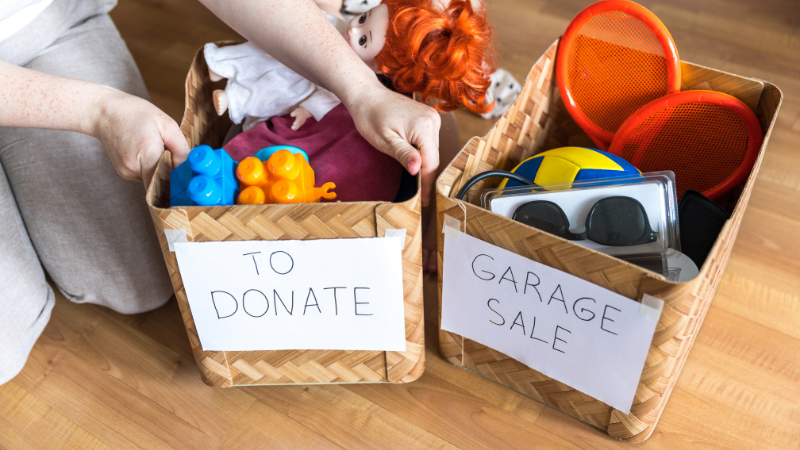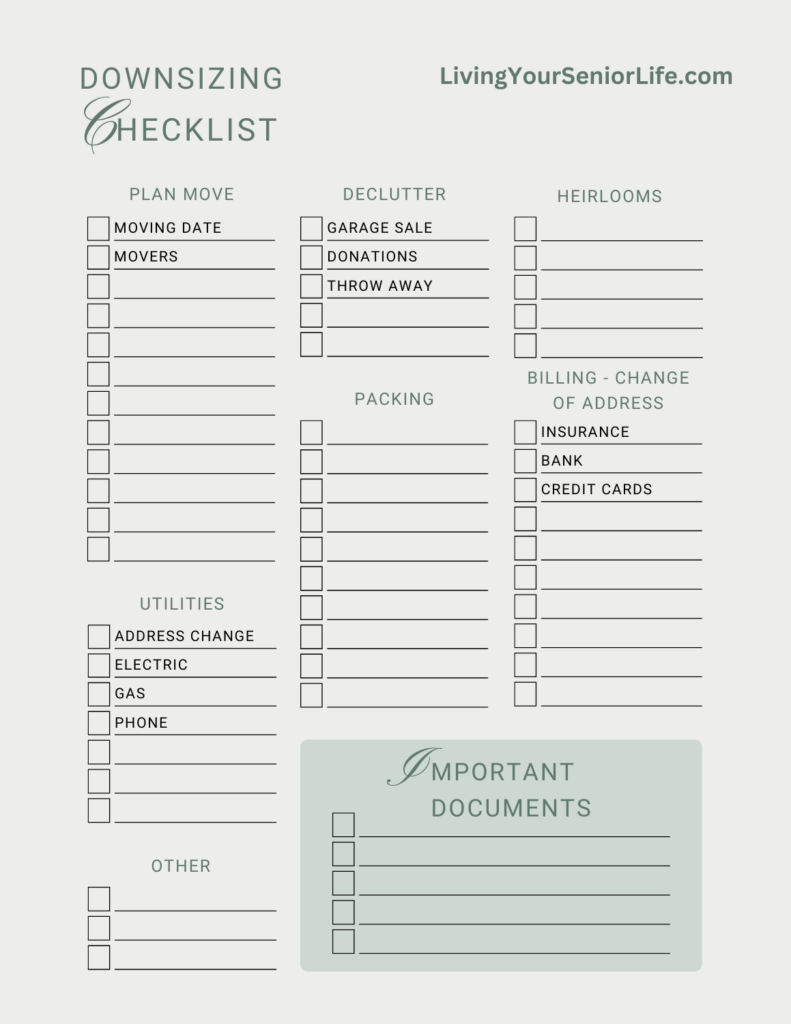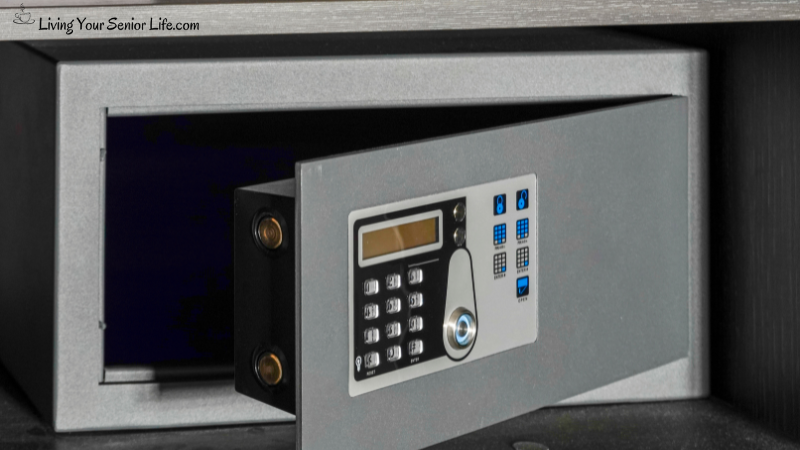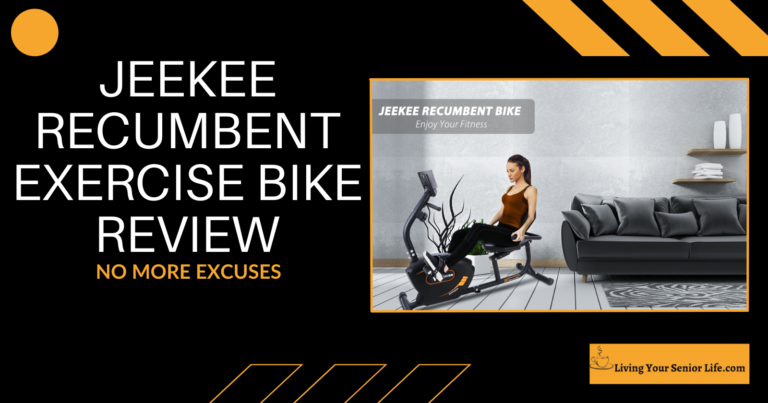As we journey through life, our needs, priorities, and living situations often evolve. For seniors, one significant transition that may arise is the decision to downsize. Whether prompted by the desire to simplify, financial considerations, or health-related factors, downsizing can be a transformative process. However, it can also be overwhelming without proper guidance and planning.
In this guide, Downsizing Checklist For Seniors, we delve into the intricacies of downsizing your home and starting this new adventure in your life providing a step-by-step checklist to navigate this important transition with confidence and ease. From decluttering cherished possessions to finding the perfect new space that meets both practical and emotional needs, each step is carefully crafted to ensure a smooth downsizing journey.
Join us as we explore practical tips, expert advice, and heartfelt insights to support seniors and their families through this significant life transition. Whether you’re embarking on this journey yourself or assisting a loved one, this guide aims to empower you with the knowledge and tools needed to embrace the next chapter of life with optimism and clarity.
Let’s embark on this journey together, and discover how downsizing can be a liberating opportunity to create a living environment that fosters comfort, security, and joy for seniors.
Key Takeaways:
- A comprehensive checklist aids in creating a personalized moving plan tailored to your needs.
- Sorting belongings and updating important documents are crucial steps in the downsizing process.
- The right planning and support can make the transition to your new home a rewarding experience.
Checklist
When embarking on your downsizing journey, creating a comprehensive checklist is your first step towards ensuring a smooth transition to your new living space. Whether moving to a smaller home or an independent living community, consider these crucial steps:
Gather Essential Documents
- Secure vital documents such as your passport, social security information, birth certificate, and legal documents in a safe place.
- Store financial records and medical records in a home safe, a safe deposit box or a small storage unit for peace of mind.
Assess Your New Space
- Obtain a floor plan of your new residence to better understand how much space you’ll have.
- Factor in the common areas and amenities like a fitness center if you’re joining a senior living community.
Inventory and Sort Items
- List and categorize belongings from your current home to determine essential items.
- Identify sentimental items and family heirlooms to keep or welcome others to claim.
Declutter Your Home
- Prepare for a garage sale or estate sale to manage unwanted items and reduce clutter.
- Consider hiring a professional organizer to streamline the process of downsizing.
Plan for the Move
- Engage a moving company or senior move managers specializing in senior downsizing.
- Organize a moving checklist, and ensure everything is packed, including a change of clothes, cell phone, and bathroom supplies.
Settling into Your New Place
- Update your address book with your new address and notify friends, family, and necessary institutions.
- Bring along essential documents and store in a secure location such as a safe-deposit box.
Throughout your downsizing checklist, remember, it’s a big move and a new chapter. Allow enough time to make tough decisions and dispose of large items or lifetime’s worth of belongings. With the help of friends, family members, or professionals like a real estate agent, your next step to a new community should feel like the perfect time for a fresh start.
Creating a Downsizing Plan
When downsizing, it’s essential to take inventory of your belongings, create a floor plan for your new space, and establish a timeline. A comprehensive checklist can guide you through sorting your possessions and managing the stages of your move.
Determining What to Keep
Begin by sorting through your items to decide what to bring to your new home. Start early to allow yourself plenty of time to reflect on which items have sentimental value or are essential. It’s a good idea to categorize belongings into what to keep, sell, donate, or discard. Hosting a garage sale can be a great way to part with unwanted items while putting some cash in your pocket.
Planning for the New Space
Analyze the floor plan of your new residence to help visualize how much space you’ll have. This will not only assist in identifying which large items will fit but also in determining the right place for your furniture. Measure out where family heirlooms and other important items will go to ensure a smooth transition into your smaller home.
Timeline and Checklist
A solid timeline keeps the senior downsizing process manageable. Construct a moving checklist that includes important tasks like changing your address, transferring utilities, and safely packing important documents. Ensure you have enough time for each step, whether you’re working with senior move managers, family members, or doing it alone. Enlisting the help of friends or a professional organizer can bring peace of mind and efficiency to your big move.
Sorting and Decluttering Belongings

Before moving to a new residence, it’s essential to go through your current home and declutter. This means assessing belongings with a critical eye to determine what will fit in your smaller space and what should be let go.
The Decluttering Process
Begin the decluttering process as a first step to ensure you have plenty of time. Create a downsizing checklist that categorizes each item. When sorting items, think about the new place and how much space is available. For large items that won’t fit, consider a garage sale or an estate sale. For smaller, unwanted items, donations can free up space and welcome others to benefit from your belongings. It’s a good idea to map out the floor plan of your new home; this can guide decisions on furniture and storage needs.
Organizing and Labeling
Once you’ve decided what to keep, organizing and labeling is crucial for a smooth transition. Utilize boxes and labels to mark items clearly for the new living space, keeping track of essential items for specific rooms like fresh bedding for the bedroom or bathroom supplies. Compiling an inventory list is a great way to ensure important documents, such as birth certificates and legal documents, are not misplaced. Consider placing vital documents in a safe deposit box during the moving process.
Dealing with Sentimental Items
Sentimental items require special attention because of their sentimental value. Reflect on each item and decide if it has a place in your new chapter. It’s not just about whether these items will fit in a smaller residence but whether they contribute to your new life in a senior living community or independent living community. Those objects that hold deep meaning, such as family heirlooms, can be shared with family members, ensuring they remain in good hands. For those items you choose to keep, find a safe place in your new space to honor their significance.
Managing Legal and Financial Documents

When embarking on the process of downsizing, it’s crucial to sort, update, and manage your legal and financial documents diligently. This ensures your transition to a new home or senior living community proceeds without complications.
Sorting Important Paperwork
Before you embark on your downsizing journey, compile all important documents such as wills, trusts, social security cards, birth certificates, passports, and Medicare cards. Make sure your federal and state income tax returns for the past seven years are also gathered. Organizing these essential documents can give you peace of mind knowing that everything is in order for your move to a smaller home.
- Wills and Trusts: Verify that they reflect current wishes.
- Income Tax Returns: Keep records for at least seven years.
- Legal Documents: Includes property deeds and advance directives.
- Identification Docs: Secure your social security card, birth certificate, and passport.
Place these items in a safe deposit box or fireproof safe to ensure their security. It’s a good idea to create digital copies as backup.
Updating Records and Services
As you prepare for your move, it’s essential to update your contact information with all service providers to ensure you receive bills and notices at your new address. Change your address with the postal service, update insurance policies, and contact your attorney and accountant to inform them of your new residence.
- Service Providers: Notify utility companies, banks, and credit card issuers.
- Insurance Policies: Update home, health, and life insurance details.
- Professional Contacts: Ensure your attorney and accountant have your new contact information.
Remember to update your address with federal and state agencies to continue receiving benefits like social security without interruption. A checklist can assist in tracking all updates, ensuring nothing is overlooked during your big move.
Executing the Move

When the time comes for the big move into a new home, careful planning is key to a smooth transition. From hiring the right moving company to setting up your new place, each step should be meticulously charted out on your downsizing checklist.
Hiring Professional Movers
Selecting the right moving company is a crucial step in your senior downsizing process. It’s a good idea to look for movers that specialize in senior relocations or come with strong recommendations from loved ones. Ensure that they offer the specific services you need, such as handling large items or providing storage space for unwanted items. Ask about their experience with moves to a senior living community or smaller residence, and verify that they’ll give your family heirlooms and sentimental items the care they deserve.
Packing and Unpacking Strategies
Strategically packing your belongings can greatly ease the stress on moving day. Start by creating an inventory list of essential items you’ll need immediately in your new home, such as fresh bedding, bathroom supplies, a change of clothes, and critical documents like your birth certificate, social security card, and medical records. Remember to keep these vital documents in a safe place, such as a safe deposit box or with trusted family members. Consider holding a garage sale or estate sale for items that won’t fit into your smaller space. Hiring a professional organizer or employing the help of friends can also assist in sorting items and deciding what will go to your new residence.
Setting Up the New Home

When you arrive at your new home, having a floor plan can optimize your space and is one of the best downsizing tips to follow. Prioritize setting up the bedroom and bathroom with essential items like a cell phone charger, toilet paper, and a shower curtain for immediate comfort. Then, set up the common areas like the living room or dining room, allowing you to welcome others into your new living space as soon as possible. If moving into a retirement community or independent living community, explore the amenities like the fitness center or social events to quickly integrate into your new community and start your new chapter with peace of mind.
FAQs
Downsizing as an older adult often leads to a new chapter in life that involves making some tough decisions. This process paves the way to a new living space that is often more manageable, potentially in a retirement or independent living community. The following are commonly asked questions about the steps and considerations involved in the senior downsizing process.
What steps should be taken to begin the downsizing process for seniors?
The first step in the downsizing journey is to create a comprehensive checklist that will guide you through sorting items, determining what to keep, and deciding what to do with unwanted items. Starting with a floor plan of your new residence can help ascertain how much space you have, guiding which large items to keep or sell. Consulting a professional organizer or senior move managers can provide peace of mind by ensuring a smooth transition.
At what age should seniors consider downsizing their homes?
There isn’t a perfect time or specific age for seniors to downsize; some may find the move to a smaller home or senior living community appropriate as they approach retirement, while others choose to downsize when the responsibilities of maintaining a family home become too burdensome. It’s a good idea to start considering this transition when your current home no longer suits your lifestyle or physical needs.
What resources are available to assist seniors with the downsizing process?
A plethora of resources are available to assist seniors, including moving checklists tailored to older adults, professional downsizing services, and senior move managers who specialize in helping seniors relocate. Retirement communities often offer resources to welcome others as they transition to their new space. Real estate agents experienced with senior moves can also provide invaluable assistance, as can a good financial advisor to manage the potential sale of a current home and purchase of a new one.
How do seniors manage the emotional aspects of downsizing?
Managing the emotional aspects of downsizing is crucial for seniors as they may have to part with sentimental items that hold memories of a lifetime. It’s important to acknowledge these feelings and seek the help of friends or family members who understand the sentimental value. It might be helpful to take photos of sentimental items that can’t be taken along. You should welcome the new opportunities and community while preserving memories from your old home.
Downsizing Checklist – Printable

Conclusion
Embarking on the downsizing journey as an older adult can be an invigorating new chapter, affording you the peace of mind that comes with independent living. Essential documents, like your birth certificate, social security, and medical records, should be secured in a safe place — consider a safe deposit box. As you sort through a lifetime’s worth of items, the downsizing checklist is your steadfast companion, ensuring no vital documents or sentimental items of sentimental value are overlooked.
When orienting yourself to a smaller home or retirement community, harness the layout with a floor plan to effectively gauge much space. Sort items that will comfortably fit into your new living space, while arranging a garage sale or estate sale for unwanted items. Professional organizers or senior move managers offer invaluable assistance in making these tough decisions, helping to alleviate the burden of unnecessary clutter.
Your new home is not just a new space; it’s a new community waiting to welcome you. Take enough time to visit common areas, like the fitness center, or where you could share a meal in the dining room. Remember, downsizing tips are not just about reducing possessions, but about enhancing your lifestyle.
Begin by packing a change of clothes and bathroom supplies like toilet paper, ensuring your first night in the new place is comfortable. Lastly, updating your address book and sending out notifications of your new address are crucial steps in keeping in touch with family members and welcoming others into this new chapter of life.
By following a comprehensive checklist and embracing these strategies, you’ll find yourself at the right place for a smooth transition into your new residence within a senior living community or smaller residence, full of new opportunities for growth and happiness.









